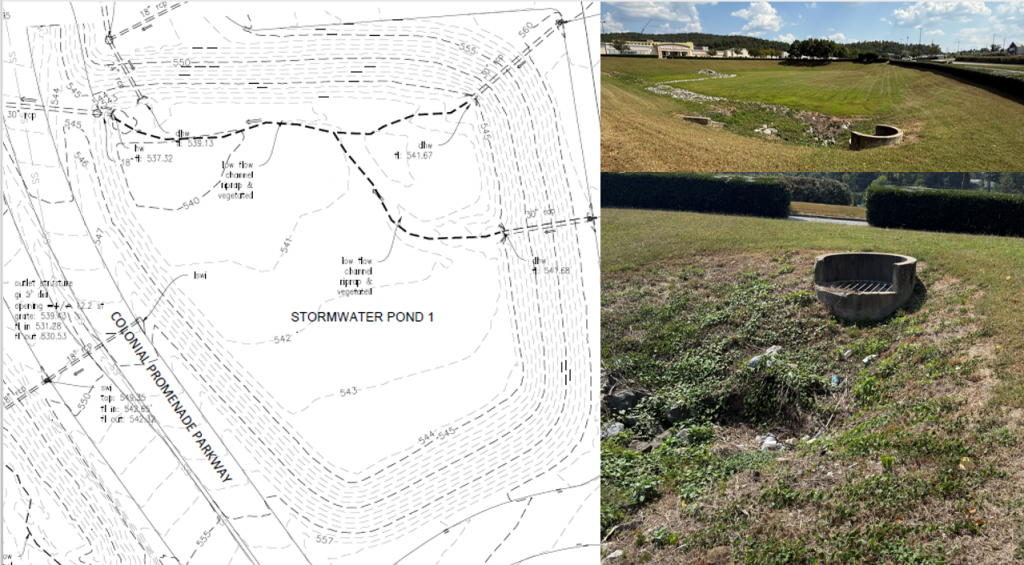Streamline partners with leading technology provider Flood-Con to deliver real-time control systems that optimize detention and flow for stormwater management. These systems enable data-driven performance for flood management, detention optimization for both new and retrofit applications, cost reduction, and real-time maintenance needs management.
**** Nov 3rd 2025 – Page under construction — content and case studies are being updated in collaboration with Flood-Con. Please check back soon for expanded project examples and performance data.
Why Automated Controls
Traditional stormwater infrastructure often relies on static outlet structures that can’t adapt to real-time conditions. Automated flow controls use sensors and actuated valves to continuously optimize detention, improving performance across a range of storms. The result is reduced flooding, smaller pond sizes, and better overall system efficiency at lower lifecycle cost.
Hydrologic Benefits
- Improves detention and release timing for peak-flow reduction
- Adapts dynamically to rainfall intensity and storage levels
- Increases effective capacity of existing ponds and tanks
Financial Benefits
- Reduces required pond volume and construction cost
- Minimizes maintenance visits through real-time alerts
- Extends asset life and lowers lifecycle cost
Case Studies
Retrofitting Existing Ponds
A municipal retrofit project demonstrated how automated valves increased storage utilization by over 25%, allowing compliance with updated stormwater regulations without expanding the pond footprint.
New Development Optimization
In a new-build commercial site, adaptive outlet controls reduced required detention volume by 30%, cutting construction costs while maintaining downstream peak-flow targets.
How Automated Controls Work
Automated flow control systems use sensors, controllers, and actuated valves to manage detention and release in real time. These systems can continuously monitor rainfall, pond depth, and downstream capacity to make dynamic adjustments that maintain target discharge rates and optimize available storage.
System Components
- Level sensors (ultrasonic or pressure)
- Remote telemetry and control interface
- Cloud-based logic control
- Actuated valve assembly
Typical Workflow
- Monitor rainfall and water level
- Predict required detention and release timing
- Adjust valve position to maintain optimal outflow
- Log performance data for reporting and optimization
These data-driven systems allow municipalities and engineers to retrofit existing basins or design smaller new ones that respond to actual conditions rather than assumptions, improving both hydraulic efficiency and lifecycle value.
Featured Project: District 31 – Alabaster, AL
The District 31 retrofit replaced conventional outlets in three existing ponds with automated outlet structures (AOS).
By dynamically matching real rainfall and storage conditions, the retrofit reduced flood depths, downsized conveyance infrastructure, and improved post-storm draw-down efficiency—without expanding pond footprints.

